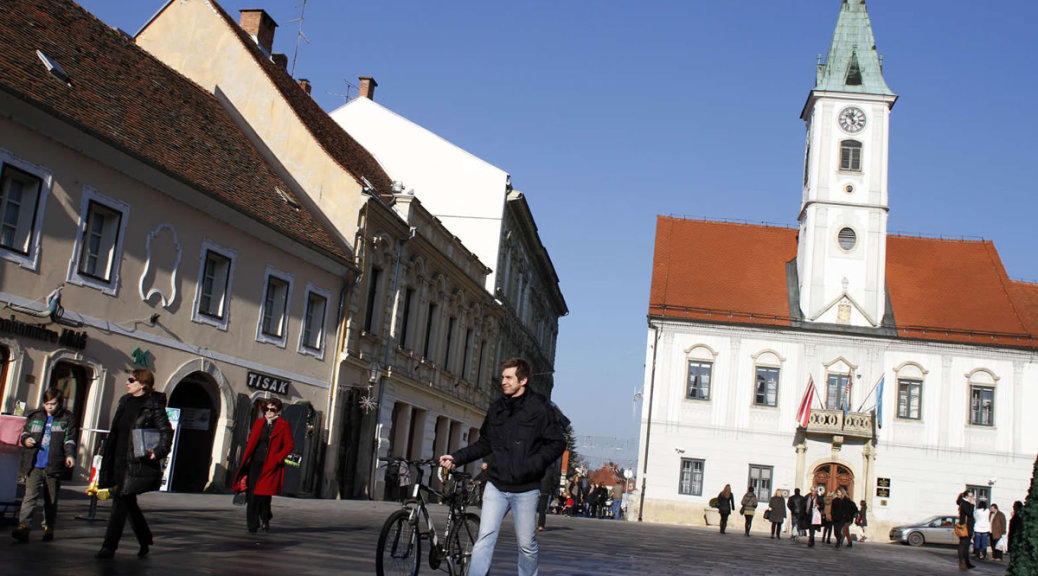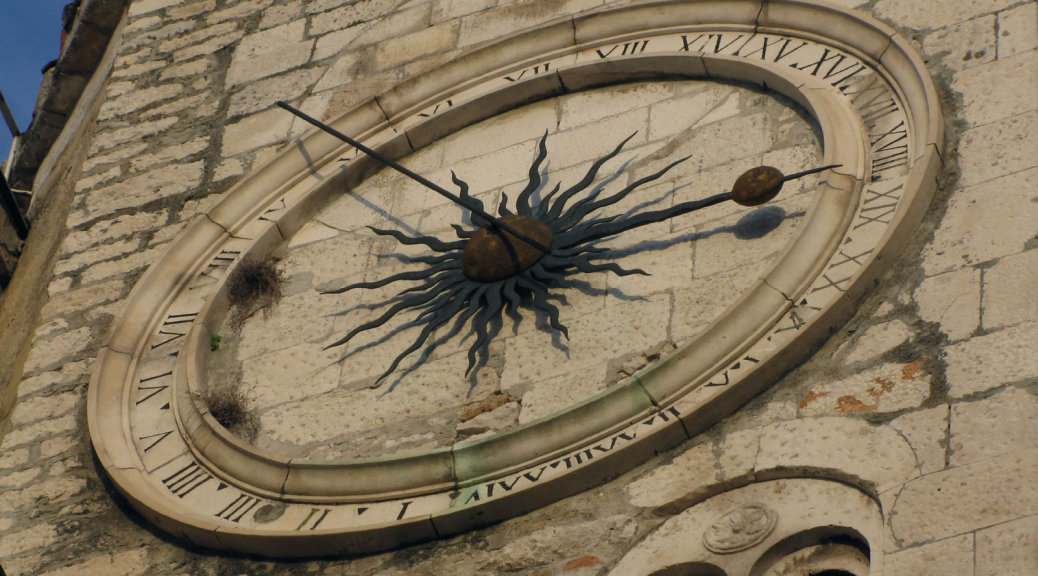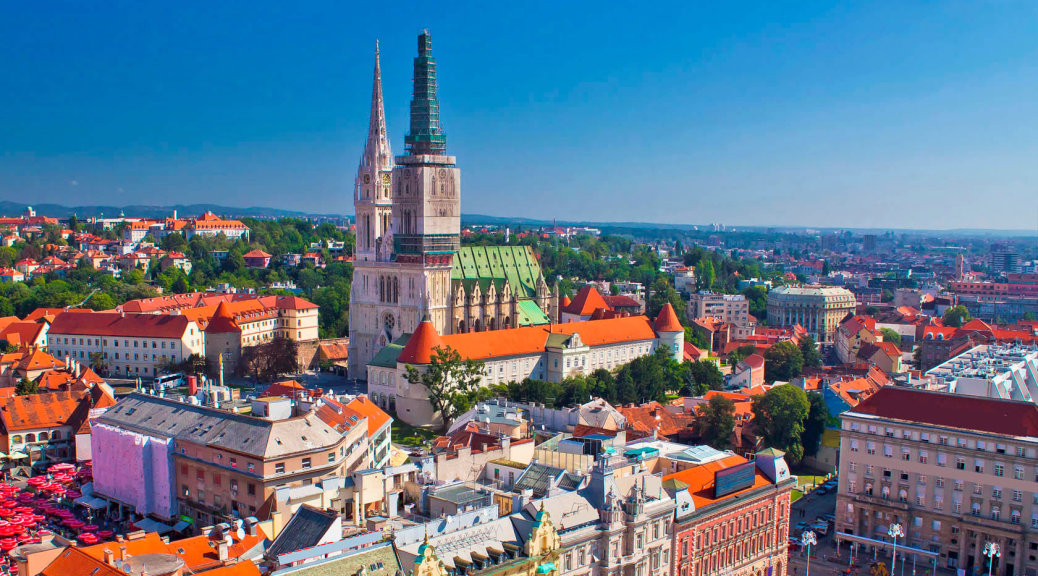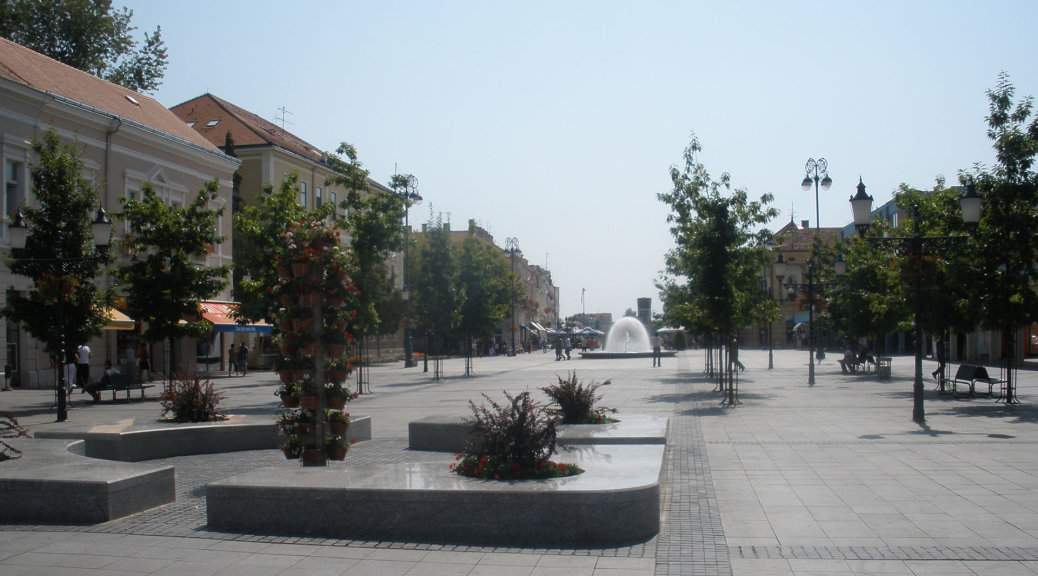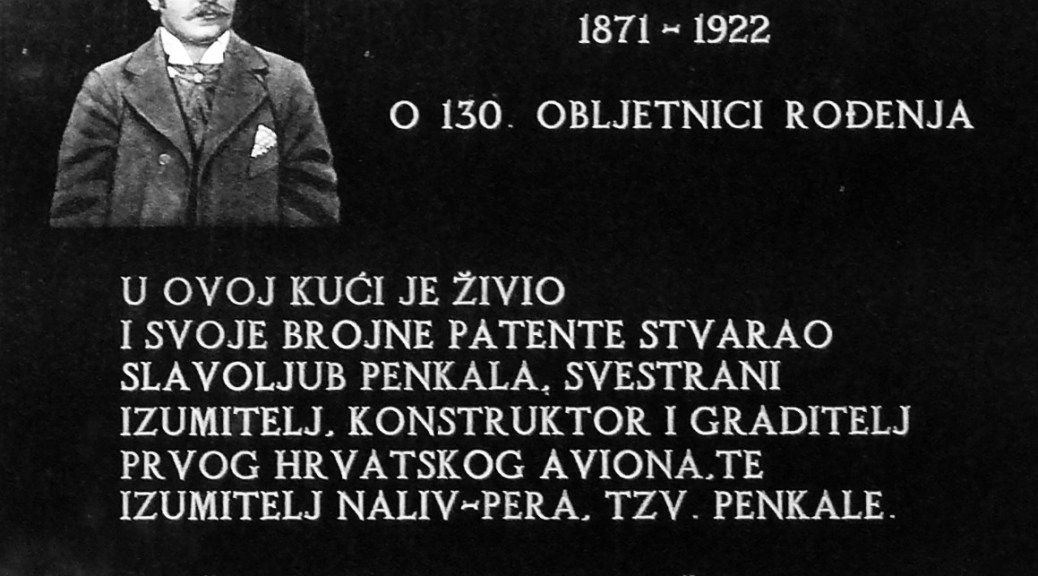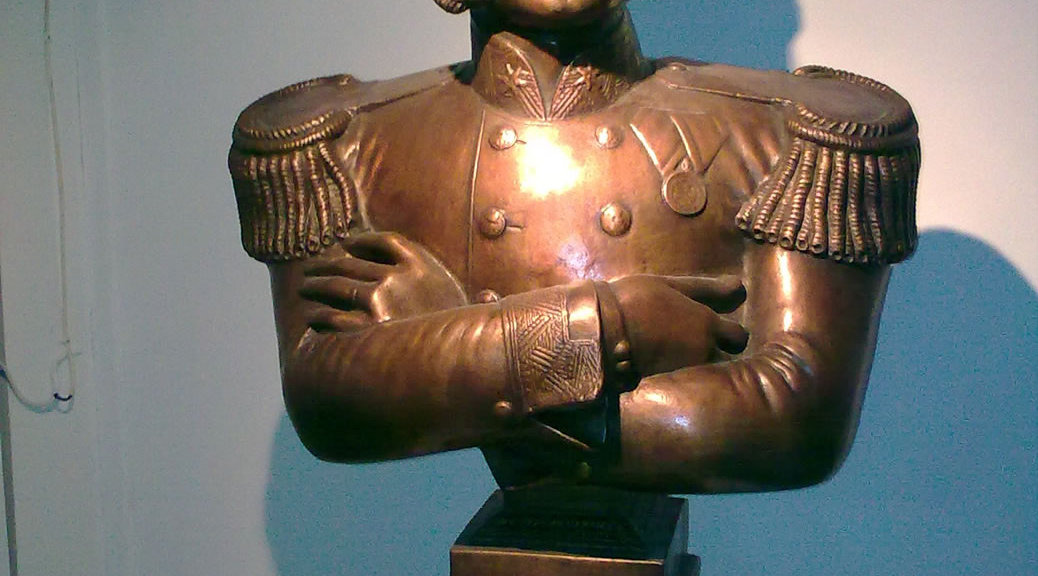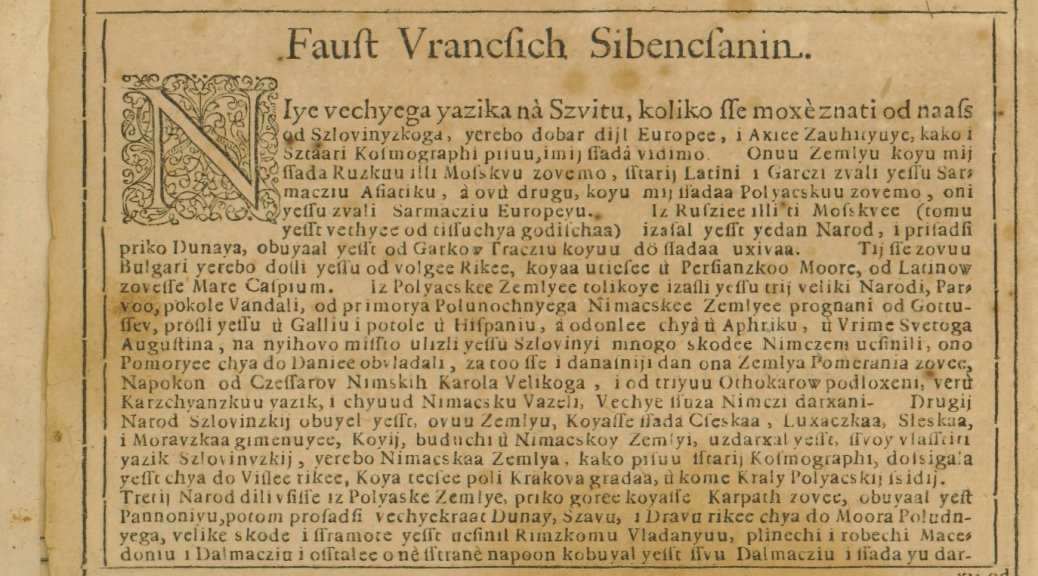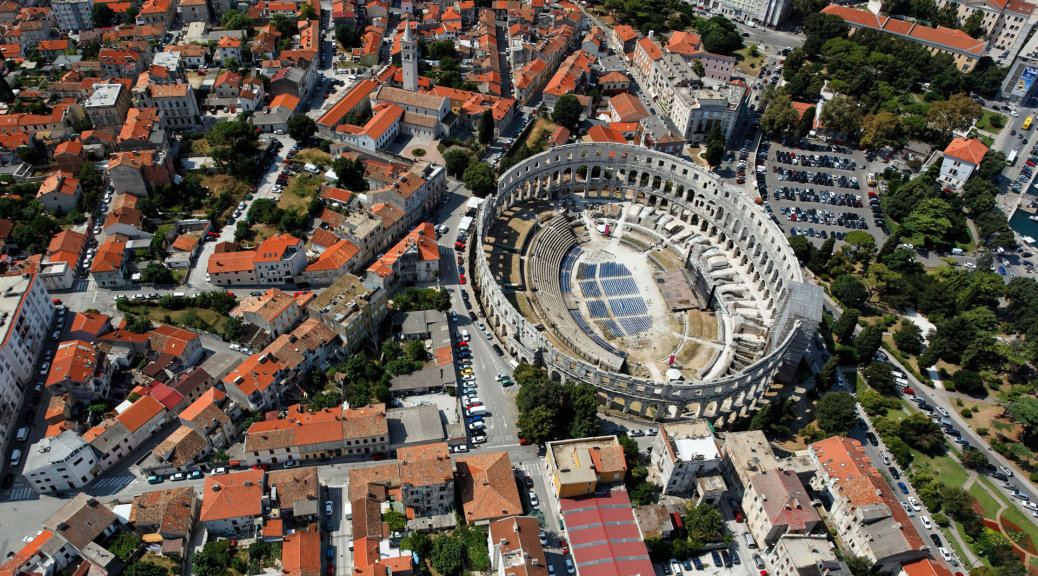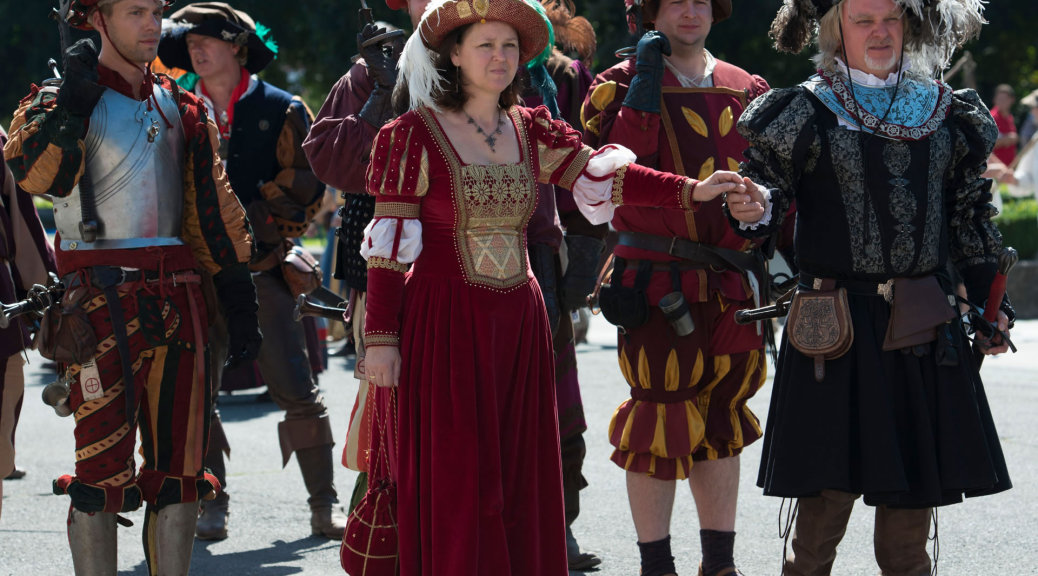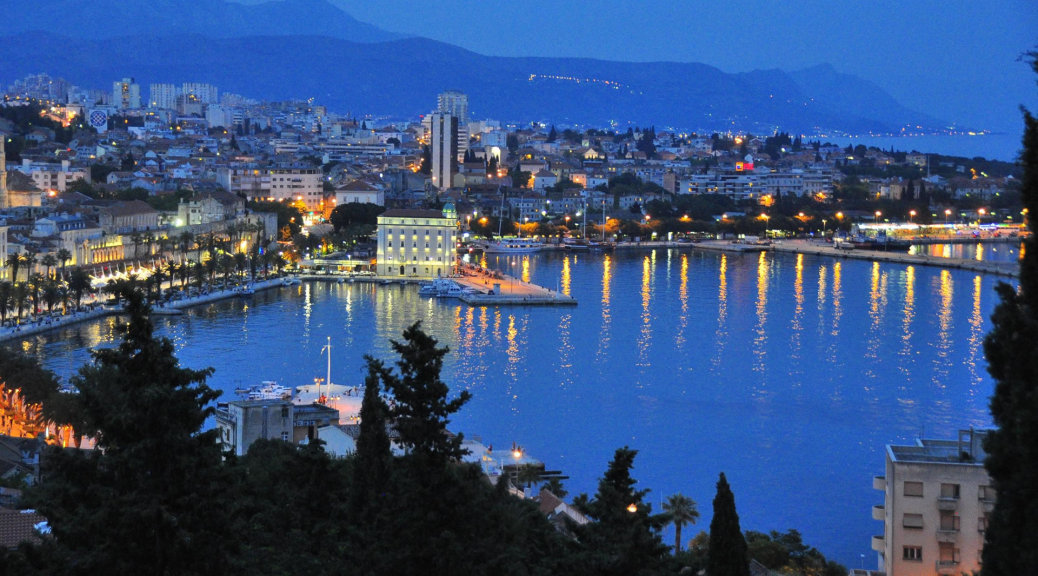Varaždin is situated very importantly in terms of its geography as it is the northwest gate of Croatia. Until the great fire in 1776, when two thirds of the city burned, Varaždin was the capital of Croatia. The Old City fortress is the greatest attraction of Varaždin and it is a ‘not to be missed’ destination for every visitor. Today, the Old City castle is the museum of Varaždin. Varazdin was first recognized as a borough in the12th century. Korzo is its central street and a favorite gathering place for the citizens and their guests. A little outside of the city, there is a carefully decorated promenade along the Drava River which offers an unique experience and great relaxation.
Climate
Varaždin has a mild continental climate. Winters are cold with the possibility of snow, and summers are short and warm. In the summer,temperatures reach up to 35 º C, and in the winter they descend to below zero.
Sights
Old City is the greatest attraction of Varaždin and it is unavoidable destination for every visitor. Today, the old city is a museum of Varaždin. The fortress was first mentioned in 12th century.
Many sacred buildings, as well as Baroque palaces are located in the historic centre of Varaždin. The church of St. Nicholas was built in the Romanesque style, and today the cathedral is a Jesuit church in the city center. Capuchin monastery is an example of simple architecture, and the Ursuline convent is one of the earliest Baroque churches in Croatia.
The Croatian National Theatre building is one of the the most significant examples of history, and in the centre of the city is the statue of Gregory of Nin, by the famous sculptor Ivan Meštrović. Varaždin city cemetery is a wonderful blend of architecture and lush greenery. It is considered to be one of the most beautiful cemeteries in Croatia.
Activities
The swimming pool in Varaždin provides everything you need for relaxation and recreation. If you want to spend the time outdoors and enjoy the nearby rivers, Mura and Drava one can rent a boat, canoe or kayak. Likewise, the mountains and hills that surround Varaždin are extremely suitable for picnics, walking and cycling.
Various festivals are held in Varazdin. Špancirfest is famous throughout the country and beyond. Every year, several thousands of visitors attend. It is held each year in late August. There are numerous street performers,displays of the old crafts, theatrical performances and performances by domestic and international musicians who entertain visitors every day.
Varaždin Baroque Evenings have successfully maintained the rich tradition of the city’s Baroque music for decades. It is held in late September.Međunarodna Novogodišnja Utrka or the International New Year’s Eve Race is a somewhat different activity. On New Year’s Eve, at midnight many contestants gather to run a marathon through the city streets.
Must see
Korzo is a central street and a favorite gathering place for the citizens and their guests. A bit outside the city, there is a carefully decorated promenade along the Drava River which offers an unique experience and relaxation.
The Trash Film Festival is an exciting festival of low budget films exclusively of the action genre, science fiction, martial arts and horror. It takes place in September, and the winner receives a Golden Chainsaw. The award pays homage to the cult film, The Texas Chainsaw Massacre.
